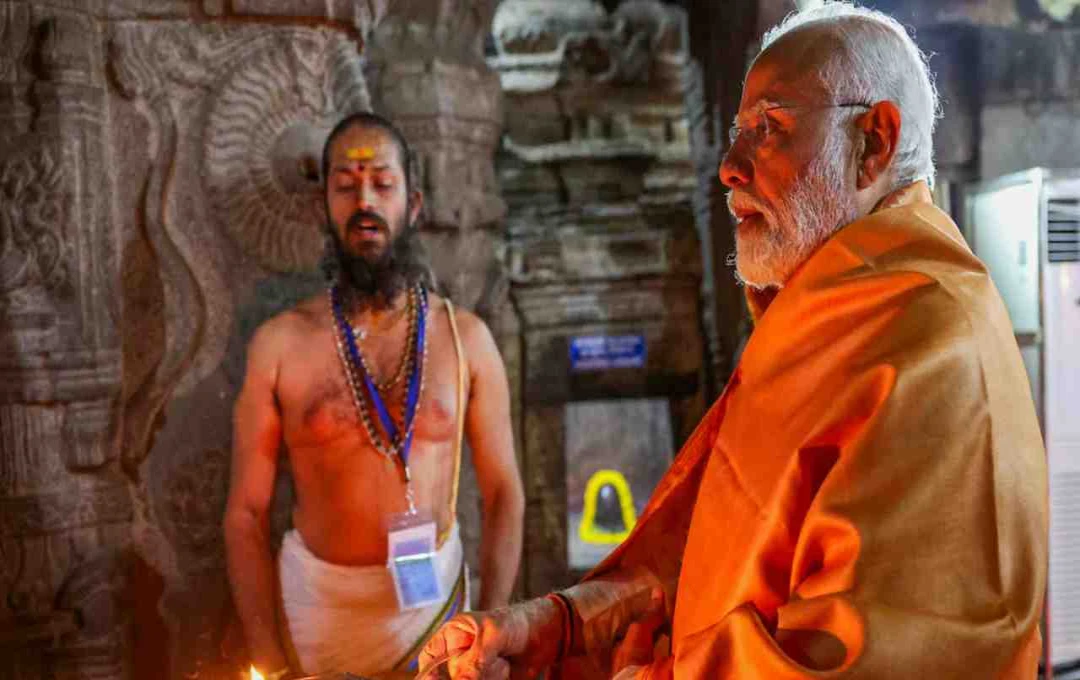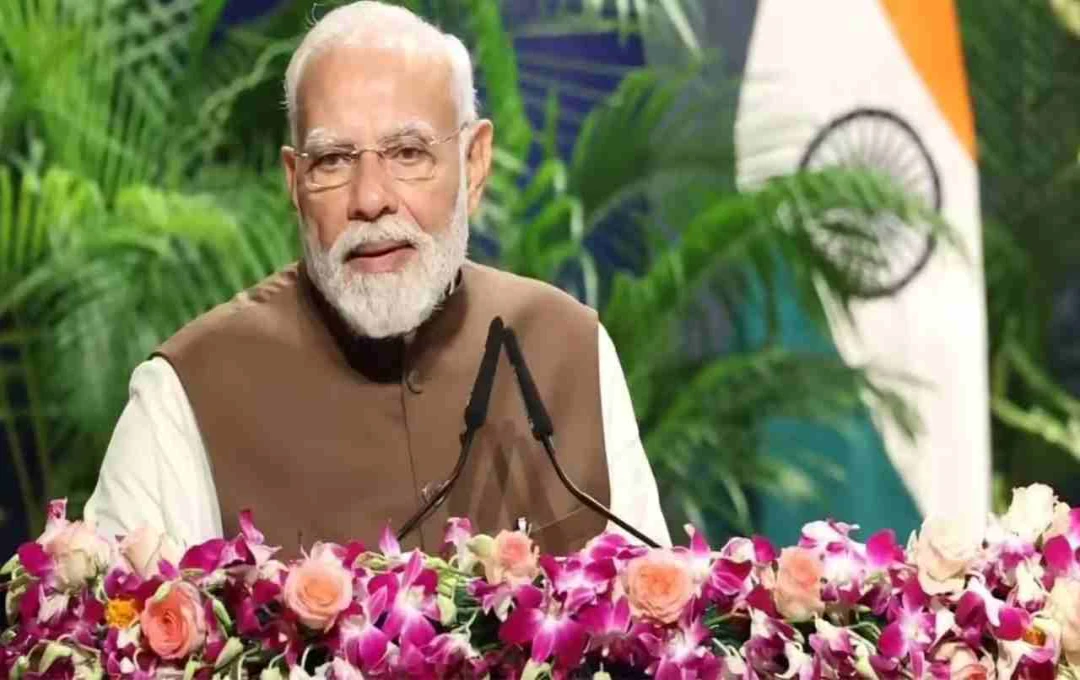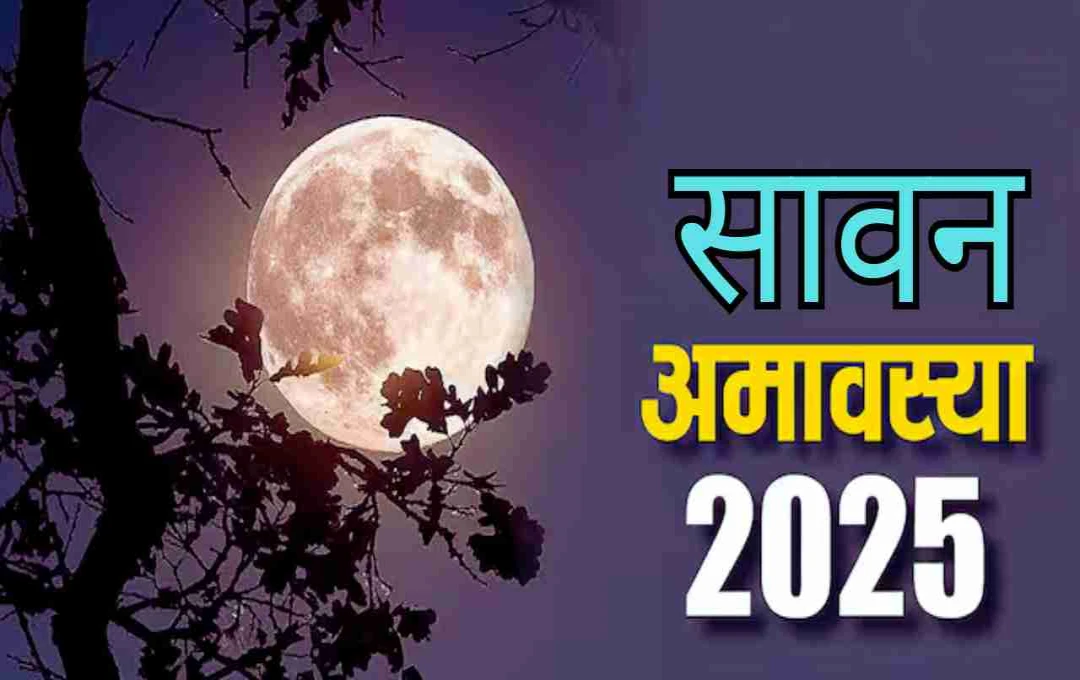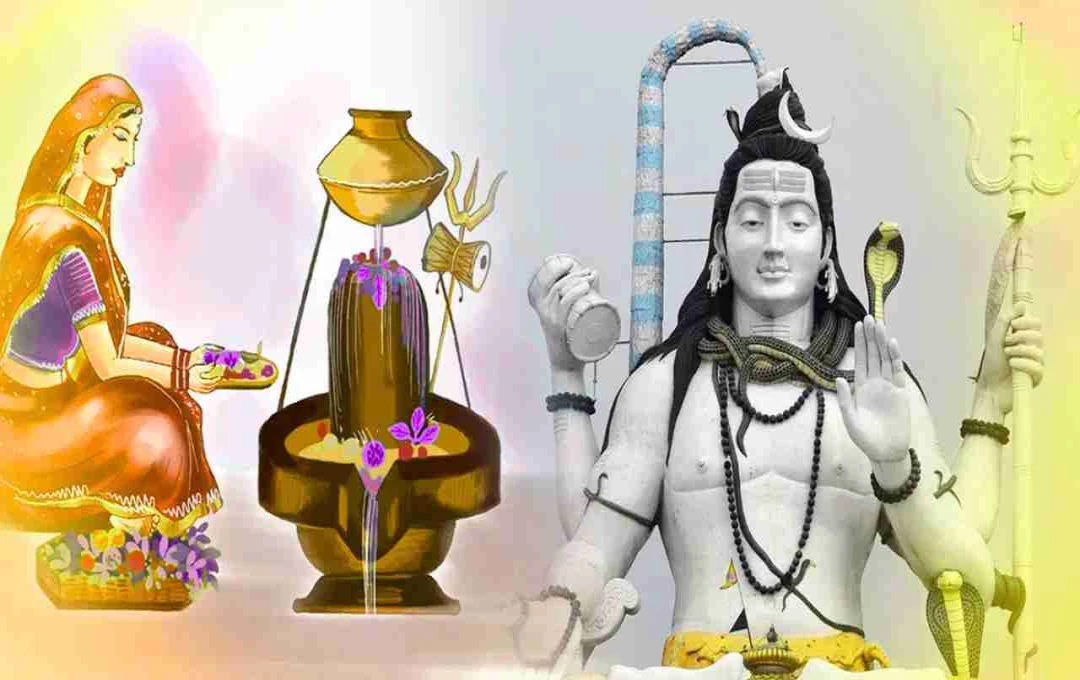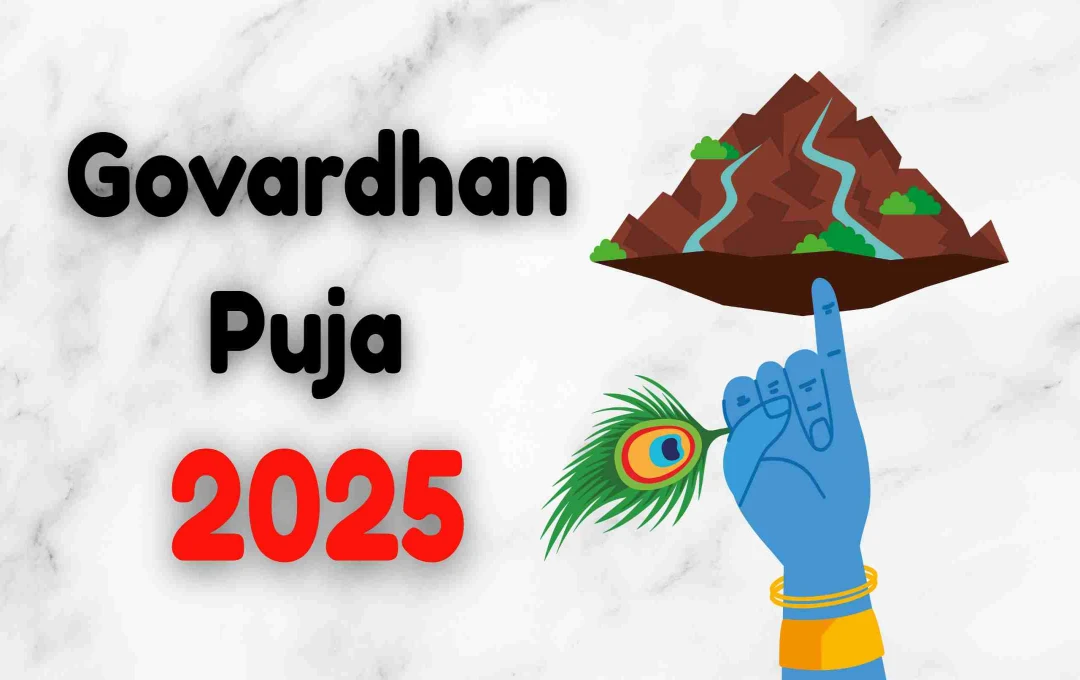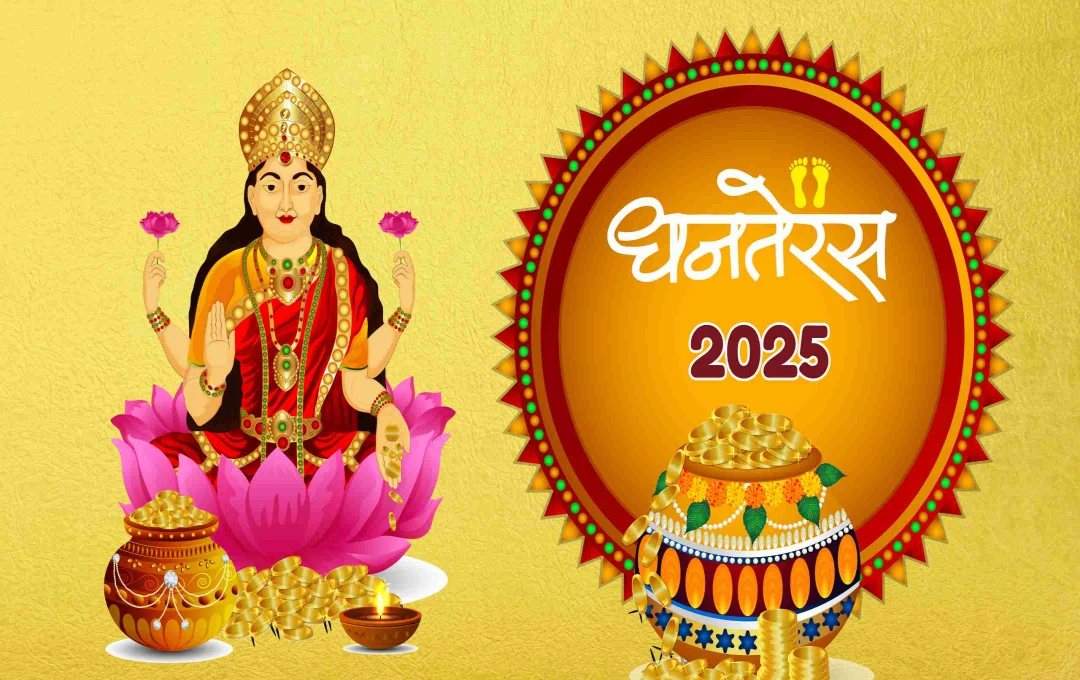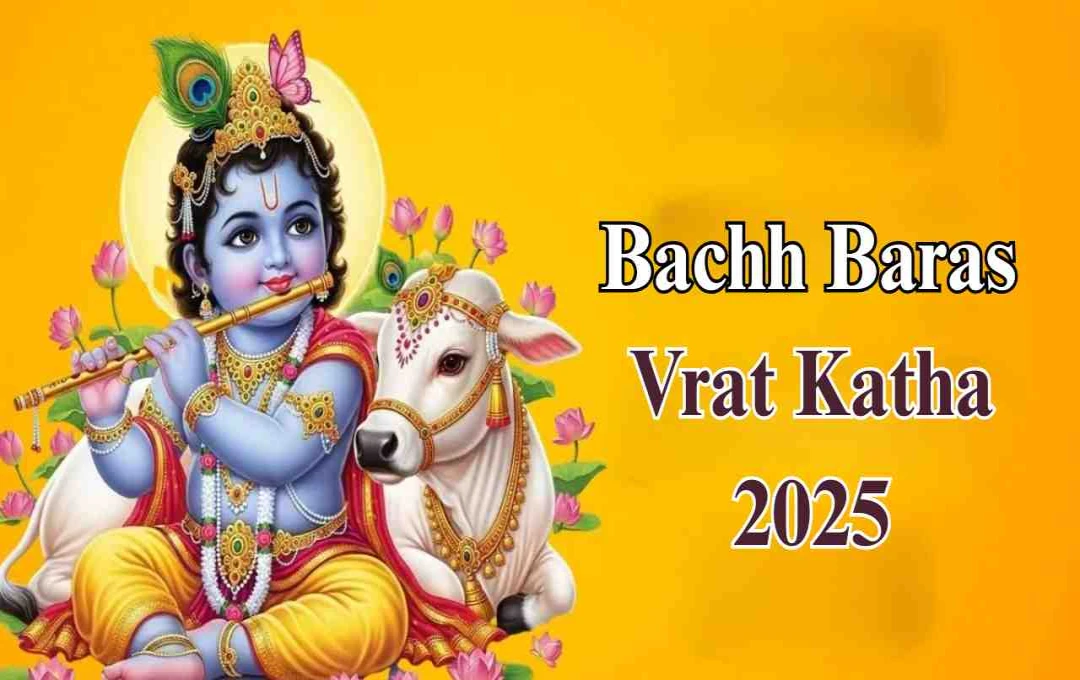Ramdevra, the resting place of Baba Ramdev, is of immense religious, spiritual, and cultural significance. Here, devotees experience faith and spiritual consciousness in their lives through worship, devotion, and miraculous sites.
Ramsapeer Jayanti: India is world-renowned for its cultural and religious splendor. Sages and yoga masters have emerged from every region here, establishing spiritual consciousness and moral values in society. Baba Ramdev is one such great personality, whose faith and devotional life remain a source of inspiration for people even today. The glory of his life, miracles, and his resting place, Ramdevra, has been the focal point of people's reverence and belief.
Ramdevra: The Mausoleum and Grand Temple
While there are differing opinions regarding Baba Ramdev's birthplace, there is a consensus about his mausoleum. Baba Ramdev took Samadhi alive in Ramdevra, and his grand temple stands there. Initially, this Samadhi was housed in a small, umbrella-shaped structure. In 1912, Maharaja Ganga Singh of Bikaner expanded it, constructing a larger temple that has since evolved into its magnificent present form.
An eternal flame (Akhand Jyoti) is kept lit in the eastern corner of the temple. A channel gate made of iron is installed at the entrance for darshan. Devotees tie cloth, sacred threads (mouli), coconuts, etc., to fulfill their vows and untie them once their wishes are granted. This tradition remains alive in Ramdevra and symbolizes people's faith.
Historical Significance of Ramdevra Temple
The construction of the Ramdevra temple cost approximately ₹57,000 at that time. This temple is a major center of faith for both Hindu and Muslim communities. Along with the idol of Baba Ramdev, a Mazaar (shrine) is also located within the temple. According to astrologer Anish Vyas, a large number of devotees visit from Rajasthan, Gujarat, Maharashtra, and Madhya Pradesh for darshan.
Various Aarti and puja ceremonies are held throughout the day in the temple. Mangala Aarti is at 4:30 AM, Bhog Aarti at 8:00 AM, Shringar Aarti at 3:45 PM, Sandhya Aarti at 7:00 PM, and Shayan Aarti at 9:00 PM. This regular schedule of worship keeps the temple's religious traditions alive.
Dali Bai: The Devoted Disciple and Miraculous Bangle
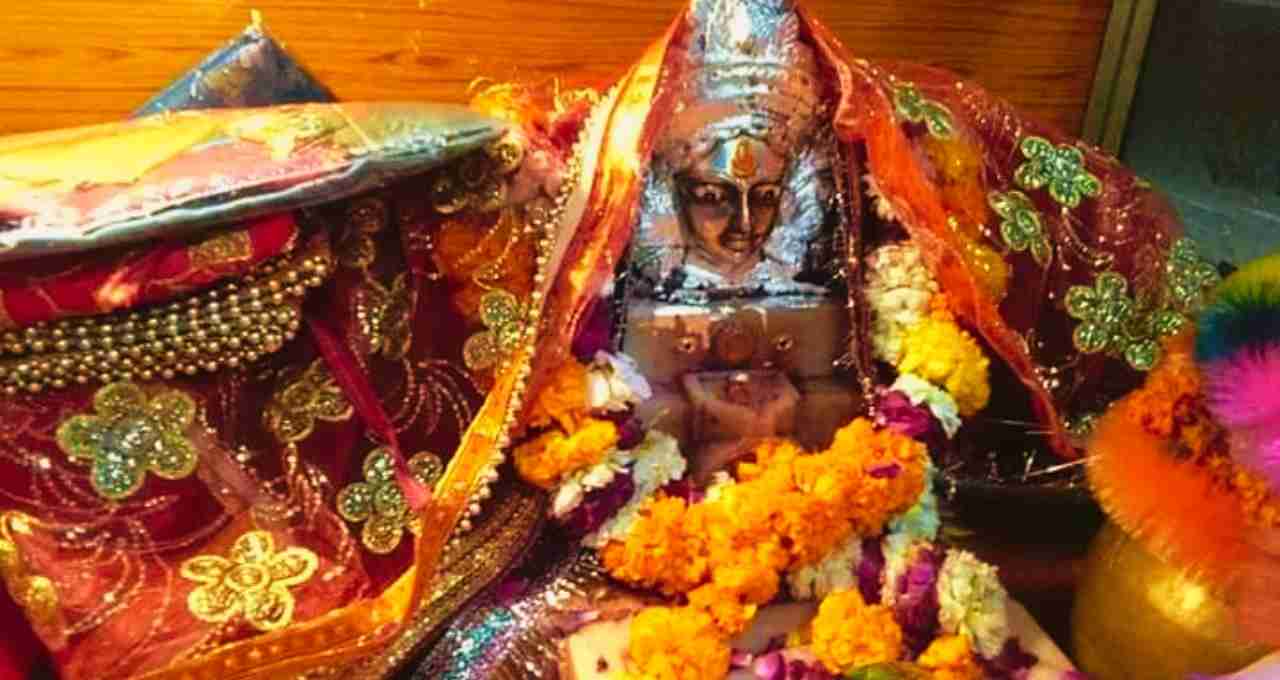
Near the Ramdevra mausoleum lies the Samadhi of Dali Bai, Baba Ramdev's devoted disciple. Her bangle is considered particularly sacred by devotees. This bangle is made of stone, and it is believed that passing through it cures all kinds of ailments. Therefore, devotees consider their pilgrimage complete only after passing through this bangle.
Parcha Bawdi: A Unique Example of Architectural Art
Near the temple, at Baba Ramdev's behest, Baniya Boyta constructed the Parcha Bawdi (stepwell). The construction of this stepwell was completed on the third day of the bright half of the month of Phalgun in the Vikram Samvat 1897. The water in the stepwell is pure and sweet and is used for Abhishek (ritual bathing) of Baba Ramdev in the temple. Four inscriptions on the stepwell also indicate that the Paliwal Brahmins of Ghamat village got it reconstructed.
Ramsarovar Pond: Life-Giver for Devotees
In his time, Ramdev Ji dug the Ramsarovar pond to alleviate the water crisis faced by the villagers. This pond spans an area of approximately 150 acres and has a depth of 25 feet. An ashram is located on the western end of the pond, and Baba Ramdev's living Samadhi is situated on the northern end. Dali Bai's living Samadhi is also in this area.
Devotees here build small houses with stones, praying for their dreams to come true. It is believed that the mud from the pond cures skin diseases, and hence devotees also carry it as a medicinal paste during their pilgrimage.
Runicha Kuan (Ranisa ka Kuan): A Miraculous Water Source
Approximately 2 kilometers east of Ramdevra lies the Runicha Kuan. It was previously known as "Ranisa ka Kuan." According to legend, when Rani Netalde felt thirsty, Baba Ramdev extracted water from this spot with the tip of his spear. Over time, this name corrupted to "Runicha Kuan." Nearby is a small Ramdev temple and the tree where Baba met Dali Bai.
The Story of Baba Ramdev and the Pirs of Mecca-Medina
Baba Ramdev's Panch Pipali (five notable devotees) are also famous. According to a popular tale, five Pirs (Sufi saints) from Mecca-Medina visited Ramdevra. During mealtime, they expressed their desire to eat from their own bowls. Baba Ramdev extended his arm and fetched their bowls from Medina. Impressed by this miracle, the Pirs accepted him as their Guru. Following this, Baba Ramdev was also bestowed with the title of "Piro Ke Peer Ramsa Peer."
This incident, which occurred in a small pond near the village of Ekana, 10 kilometers east of Ramdevra, remains an inspiration for devotees to this day. A small temple and a sacred lake are located here.
Baba Ramdev's Birth and Childhood
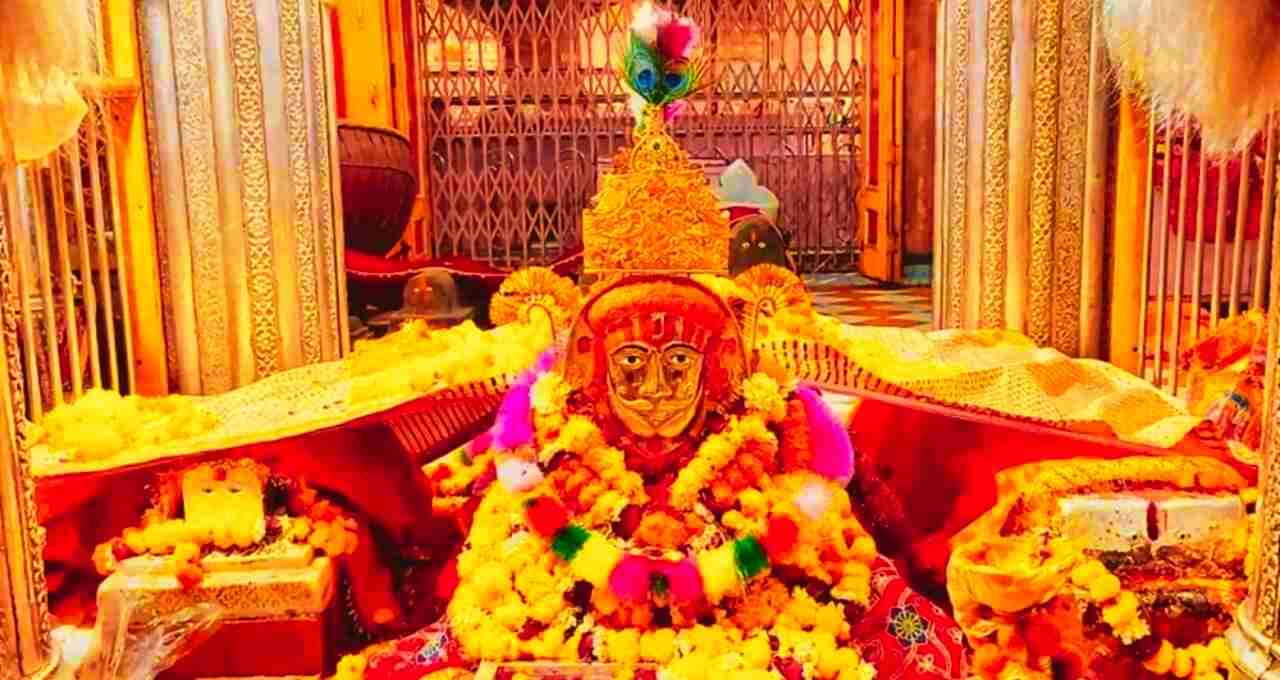
Baba Ramdev was born in the village of Said Alipur in the Mahendragarh district of Haryana. His father's name was Ram Niwas, and his mother's name was Gulab Devi. He had three brothers and one sister in the family. Ramdev was the second eldest. His elder brother, Devdatt, and his parents reside in Haridwar. His younger brother, Rambharat, manages the daily operations of Patanjali Ayurved.
In his childhood, Ramdev's mind became inclined towards yoga and Vedic education. He sought admission to several Gurukuls but eventually received his education at the Khanpur Gurukul in Haryana. Even when his father wished to take him back home, Ramdev expressed his desire to continue staying at the Gurukul.
Baba Ramdev's Vaishnavite Birth
According to historical and religious beliefs, Baba Ramdev was born to Vaishnavite devotee Ajmal Ji, from the womb of Mainadevi. Ajmal Ji was once the emperor of Delhi and a descendant of Anangpal Tanwar. He raised Baba as an ardent devotee of Dwarkadhish. Numerous supernatural miracles and powers associated with his birth are mentioned in bhajans (devotional songs), folk songs, and stories.
Harjas: Baba Ramdev the Social Reformer
Baba Ramdev was not just a yoga master but also a social reformer. He worked to eradicate untouchability and caste discrimination. By accepting Netalde, the disabled daughter of Raja Dalpat Sodha of Amarkot, as his wife, he set an example for society.
He inspired Dalits and women to become self-reliant. Opposing hypocrisy and ostentation, he provided simple and clear explanations of subjects like Sagun (with attributes) and Nirgun (without attributes) Brahman, Advaita Vedanta, Bhakti (devotion), Karma Yoga, and Gyana Yoga (path of knowledge). His teachings are still sung and heard today in the form of "Harjas."
Cultural and Spiritual Significance of Ramdevra
Ramdevra holds significance not only from a religious but also from a cultural perspective. Here, devotees worship Baba Ramdev and understand the moral, spiritual, and social values he established in society.
The Ramsarovar Pond, Parcha Bawdi, Runicha Kuan, Dali Bai ka Kangan, and small temples around Ramdevra are centers of attraction for tourists and devotees. The religious traditions, architecture, and miraculous tales of this place make it special.
Baba Ramdev was a yoga master, social reformer, and a miraculous personality. At his resting place, Ramdevra, devotees find relief from life's hardships and ailments through his worship and devotion. His life conveys a message of equality, morality, and spirituality in society. Ramdevra has become a symbol of reverence, faith, and spiritual consciousness not only in Rajasthan but across all of India.


